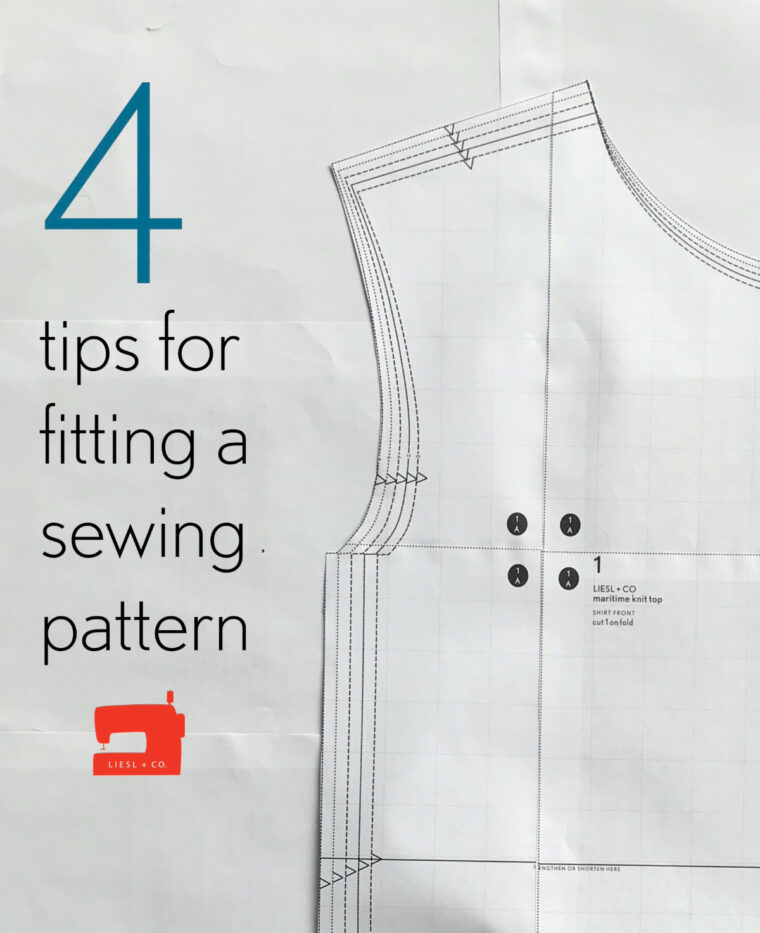Cycling Jackets,Cycling Jacket,Lightweight Wind Jacket,Waterproof Jacket Quanzhou Oneo Sports Co., Ltd , https://www.oneosport.com
Fitting has always been my absolute favorite topic when it comes to sewing. I consider myself a total fitting enthusiast—there's just something about diving into the details of measurements and adjustments that gets me excited. Honestly, I get frustrated when these critical elements aren't discussed in pattern reviews because, for me, they're the most important part.
If you've ever seen me drooling over a sewing blog post, chances are it's because they're talking about fitting techniques. I love digging into the nitty-gritty of how different body types might need specific adjustments. Here on this blog, my mission is to break down the fitting process in a way that feels approachable and less intimidating. We’ve got plenty of tutorials and posts dedicated to fitting, including our ongoing Fitting Room series.
However, if you're just starting out, all that information might feel overwhelming. So today, I thought I'd share my top four tips for fitting a sewing pattern in a simple and straightforward way.

### 1. Start Small
Fitting is all about understanding your personal preferences. You don’t have to adjust every single detail right away—or even at all if you're happy with the initial fit. If you love how it looks and feels, then congratulations—you're done! But if not, pick one area to focus on, like the shoulders or bust, and work from there.
For me, I always start with the shoulders and bust area. For years, the bust was the only thing I ever adjusted. Over time, though, I realized there were other areas I needed to pay attention to, like waist shaping or hemlines. Even so, I still have some shirts from those earlier days that I love wearing—they fit well enough for me.
If you're unsure where to begin, there are tons of resources available. We have tutorials on bust adjustments, such as moving a dart, doing a dartless pivot-and-slide adjustment, or adding a bust dart to a pattern. Some Liesl + Co. patterns even come with built-in full bust adjustment instructions.
### 2. Make a Muslin
I'm not someone who believes you should *always* make a muslin. It depends on the garment and your experience level. For instance, I rarely make a muslin for a basic button-front shirt anymore, but when I sewed the Saint-Germain Wrap Dress, I did make a bodice muslin. That was because I had never worked with a wrap-style dress before, and I wanted to ensure I could make adjustments while constructing the garment.
That said, if you're working on something new or unfamiliar, or if you're just not sure how a pattern will turn out, making a muslin is a no-brainer. It doesn’t take long, and if you have an old sheet or some leftover fabric lying around, it won’t cost you much either. Check out our guide to making a muslin here.
### 3. Keep Track of Your Adjustments
A year from now, you’ll forget exactly how much you adjusted that blouse or how much you lengthened that skirt. But trust me, at some point, you'll wish you had those details handy. That’s why I recommend jotting down your fitting notes somewhere.
Personally, I document my sewing projects on my personal blog, including all the fitting tweaks and measurements. This way, I can refer back to them whenever I need to. If blogging isn’t your thing, keep a notebook with a few notes about each project. As you gain more fitting knowledge, you’ll appreciate having those references. Trust me—you’ll thank yourself later!
### 4. Embrace Imperfection
Let’s face it—perfection in fitting is nearly impossible. No matter how carefully you adjust a pattern, there will always be something you wish you could tweak further. Maybe a wrinkle here or a slight drag line there. But here’s the thing: **you made it**. And that’s something to celebrate! Odds are, your handmade garment fits better than anything you could buy off the rack. So don’t stress over tiny imperfections—just enjoy the process and the satisfaction of creating something unique.
---
There you have it—my top four tips for fitting a sewing pattern. Do you consider yourself a fitting expert with your own tricks up your sleeve? Share your favorite tips in the comments below!
If you're just starting out on your journey to creating custom clothing, what’s the biggest challenge you’re facing? Let’s chat fitting—it’s one of my favorite topics!
[Advertisement Placeholder]
June 03, 2025